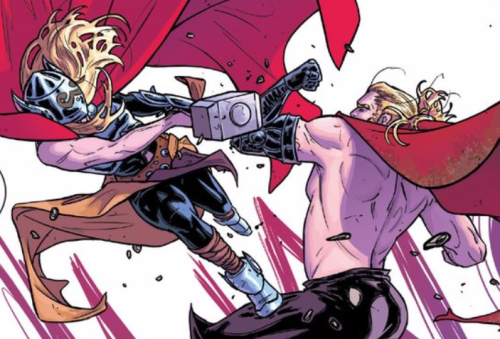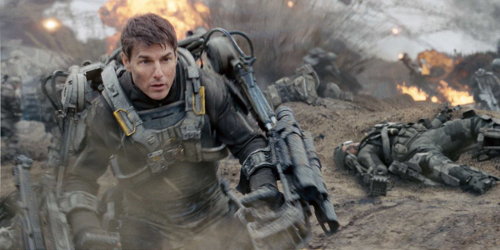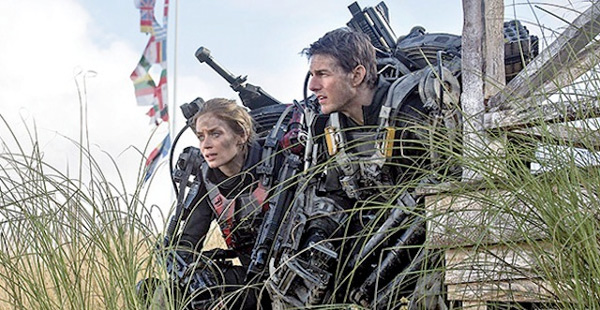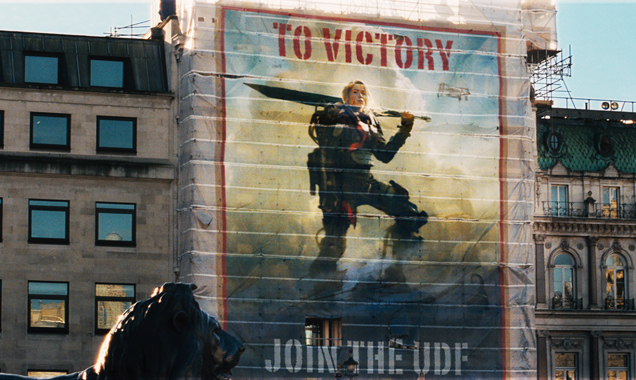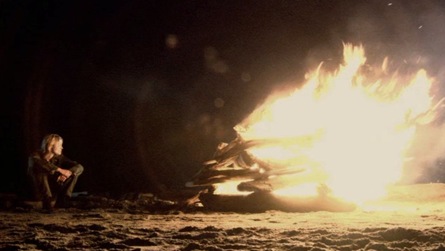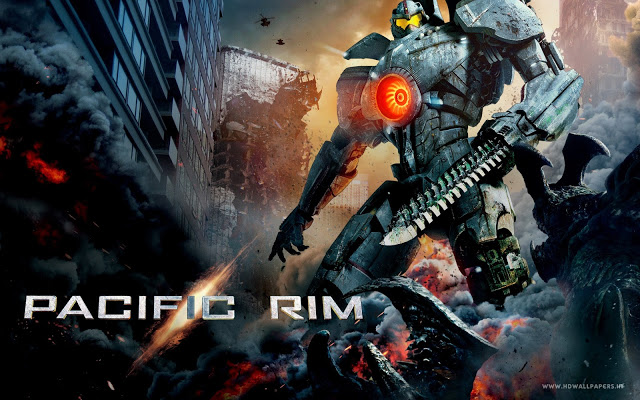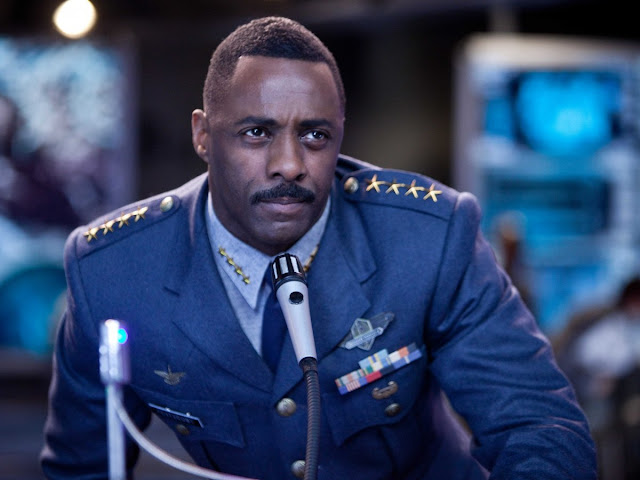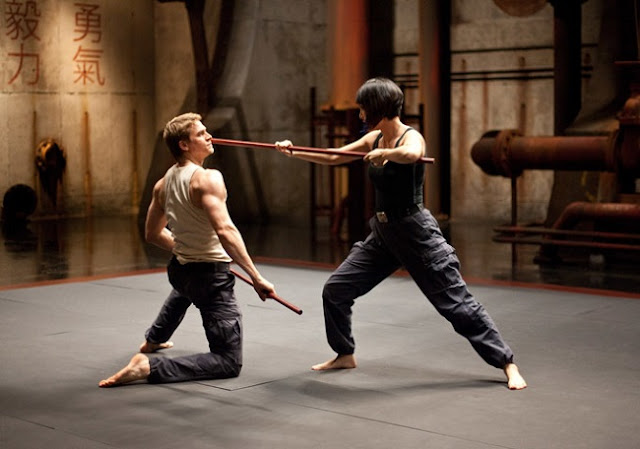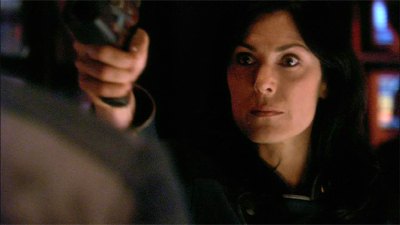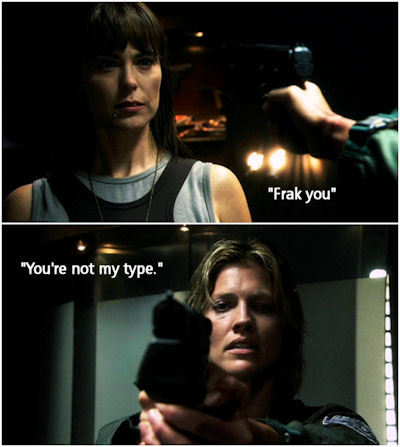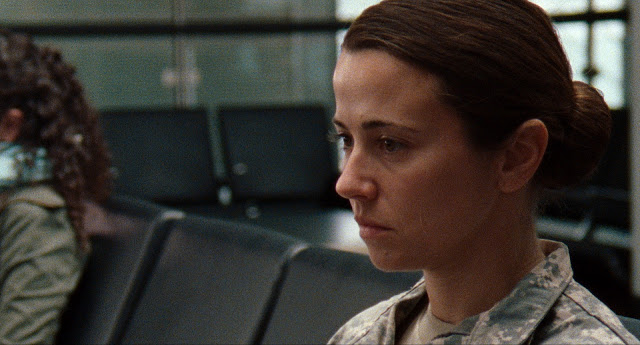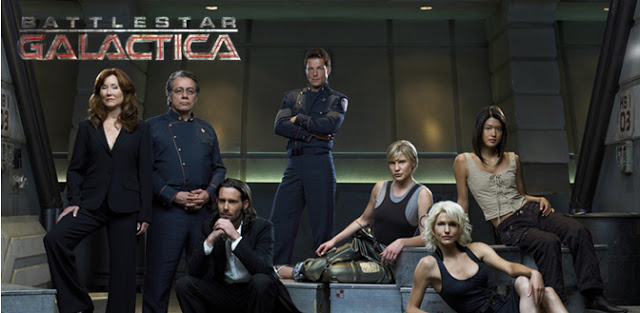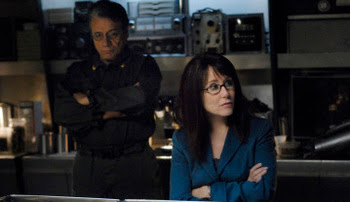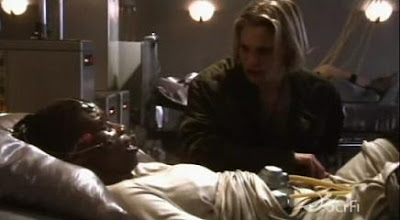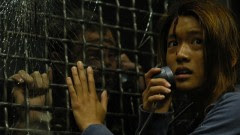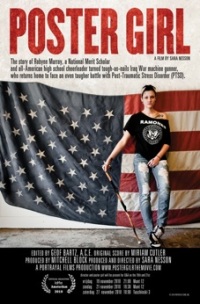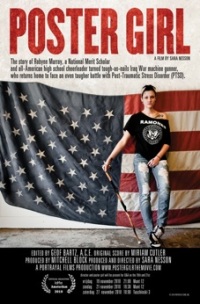This guest post by Alyssa Franke appears as part of our theme week on Masculinity.
Recasting major characters of beloved franchises is always tricky. Even when creative teams attempt to recreate the original character as closely as possible, there will inevitably be complaints that the new actor could never be as good as the original. But when creators attempt to radically change the character by, say, changing their gender or race, then shit really hits the fan.
Fans of established franchises are conditioned to expect men in certain roles. Starbuck and Thor are supposed to be portrayed by hyper-masculine men. John Watson and James Moriarty aren’t supposed to be Joan Watson and Jamie Moriarty. The Master from Doctor Who is supposed to be played by the likes of Roger Delgado, Anthony Ainley, and John Simm, not Michelle Gomez. Or so say some disgruntled fanboys.
But these iconic male roles have all been successfully portrayed by women. These women have received critical acclaim for their portrayals and have amassed male and female fans alike. However, there’s a certain segment of viewers that are fundamentally, irreversibly opposed to casting women in roles that were previously portrayed by men. To them, casting a woman in these roles isn’t just an affront to the franchise — it’s a direct attack on men and masculinity.
Part of this belief comes from the assumption that casting women in these roles is always an attempt to tone down the masculine-coded characteristics associated with these characters. Vaguely omnipotent feminist forces are conspiring to emasculate hyper-masculine characters by recasting them as women, so the argument goes.
When Marvel announced that the new Thor would be portrayed by a woman, some readers argued that this was an attempt to create a more “politically correct” Thor. This argument was repeated so frequently and so loudly that the creators actually referenced it in Issue #5 in a battle between the new Thor and the villain Absorbing Man. When Absorbing Man learns that a woman is now Thor, he responds:
“Damn feminists are ruining everything! […] Thor’s a dude. One of the last manly dudes still left. What’d you do, send him to sensitivity training so he’d stop calling Earth girls ‘wenches’?”
Dirk Benedict, who portrayed the original Starbuck in the 1978 Battlestar Galactica series, made a similar argument when his character was recast and portrayed by Katee Sackhoff in the rebooted 2003 series. He argued that “the Suits” had attempted to tone down his cigar-smoking, womanizing character during the original series run, and when given the chance to recast his character, they accomplished their original aim by recasting Starbuck as a woman:
“The best minds in the world of un-imagination doubled their intake of Double Soy Lattes as they gathered in their smoke-free offices to curse the day this chauvinistic Viper Pilot was allowed to be. But never under estimate the power of the un-imaginative mind when it encounters an obstacle (character) it subconsciously loathes. ‘Re-inspiration’ struck. Starbuck would go the way of most men in today’s society. Starbuck would become ‘Stardoe’. What the Suits of yesteryear had been incapable of doing to Starbuck 25 years ago was accomplished quicker than you can say orchiectomy. Much quicker. As in, ‘Frak! Gonads Gone!’”
The particular irony in regard to Benedict’s argument is that the new Starbuck portrayed many of the same characteristics Benedict assumed “the Suits” were trying to eradicate from his portrayal of Starbuck. Sackhoff’s Starbuck gambled and smoked cigars. She was the best Viper pilot in the fleet, and made sure that everyone knew it. And she was freely, openly sexual. She flirted, she talked dirty, and she had sex without shame.
And although most media with a genderswapped major character does make a commentary on gender, they’re hardly making an attack on masculinity writ large.
The creators of Battlestar Galactica were certainly thinking of representations of masculinity and femininity when they recast Starbuck. Executive producer Ronald Moore commented that they decided to switch Starbuck’s gender in order to avoid the “rogue pilot with a heart of gold” cliche, and because the notion of women in the military was still a relatively new idea at the time. Portraying Starbuck as a woman was a way to broaden Starbuck’s story. It is a way of showing that the stories of soldiers, charming rogues who drink and smoke, and arrogant pilots don’t solely belong to men.
In the latest take on the Sherlock Holmes canon, the TV show Elementary offers a critique on infantilizing perceptions of women by genderswapping Holmes’ most infamous rival. Though most recent adaptations of the Sherlock Holmes canon introduce Irene Adler as a pawn of Professor James Moriarty, in Elementary Irene Adler is a persona used by Jaimie Moriarty in order to get close to Sherlock Holmes. She isn’t a damsel in need of saving, but she’ll play one if flattering a man’s ego gives her the advantage. When her identity is revealed, she comments that she often had a male lieutenant impersonate her in order to placate clients who may have dismissed her for her gender, “As if men had a monopoly on murder.”
In Thor, a very clear contrast is drawn between how Thor and his father Odin react to a woman becoming the new Thor. Odin is angry and threatened that Mjolnir has declared his son unworthy, and lashes out in increasingly aggressive and dangerous ways in an attempt to forcefully reclaim Mjolnir. Thor, though initially angry at becoming unworthy, ultimately accepts that he has been replaced, gives the new Thor the respect she deserves, and begins the hard work of examining how he became unworthy. This isn’t an attack on masculinity — it’s a commentary on a particularly toxic form of masculinity.
But even when no overt commentary is made on masculinity, simply having a woman portray a character previously portrayed by a man can be seen as challenging representations of masculinity. Allowing a woman to portray characteristics associated with that male character — strength, logical reasoning, aggression, obstinance — destabilizes the idea that these characteristics are inherently male.
And again, it’s Dirk Benedict who summarizes this perspective in his attack on Katee Sackhoff’s Starbuck. His argument that recasting Starbuck as a woman diminishes the character relies heavily on gender essentialist stereotypes:
“Women are from Venus. Men are from Mars […] Men hand out cigars. Women ‘hand out’ babies. And thus the world, for thousands of years, has gone round.”
Even when Sackhoff’s Starbuck portrays the same characteristics as his Starbuck, Benedict grants them less legitimacy as displays of power or dominance because she is a woman. For example, Sackhoff’s Starbuck smokes a cigar like a man — if she’s not smoking it casually for own enjoyment she’s puffing on it aggressively as a sign of power and dominance.
But regardless, Benedict chooses to interpret Sackhoff smoking a cigar as something titillating for male enjoyment:
“I’m not sure if a cigar in the mouth of Stardoe resonates in the same way it did in the mouth of Starbuck. Perhaps. Perhaps it ‘resonates’ more. Perhaps that’s the point.”
This type of diminishing commentary is fairly common around genderswapped characters. In discussions about whether the Doctor from Doctor Who could regenerate into a woman, someone inevitably condescendingly asks whether the Doctor would have to be renamed “the Nurse.” Readers of Thor wondered if the new woman Thor would get a new name — a scenario the creators shot down decisively in the comic when the original Thor proclaimed that his replacement would simply be called “Thor,” not Lady Thor, Thorette, or Thorita.
Benedict also laments that this new version of Battlestar Galactica is “female-driven”:
“The male characters, from Adama on down, are confused, weak, and wracked with indecision while the female characters are decisive, bold, angry as hell, puffing cigars (gasp) and not about to take it any more.”
I disagree strongly with his characterization that the men of Battlestar Galactica are universally confused, weak, or wracked with indecision. Like any good character, they have moments of indecision or weakness, but they also are firm, decisive, and commanding. They also have moments where they are challenged fiercely — particularly by women leaders — and must acquiesce to their leadership or admit they were wrong. And I think it says a lot about Benedict’s opinion of women if he believes being challenged or commanded by a woman is a sign that a man is weak or confused.
That’s one of the main reasons why genderswapping male characters can be so transformative in a franchise. Male roles are frequently written to portray men as active characters who drive their own lives and narrative arcs, while women are largely written as passive characters who are viewed, pursued, and driven by the actions of men. When a woman inhabits a role previously given to a man, that formula is reversed.
Though franchises that change the gender of major characters can offer compelling, insightful commentaries on gender, their greatest contribution to this discussion may lie in the way they reveal our various insecurities around representations of gender. We accept that so much about these characters can change. Thirteen different men can play the Doctor, a frog can become Thor, the Sherlock Holmes canon can be reinterpreted in a thousand different contexts — but we cling to the idea that these characters must be portrayed by men.
These genderswapped characters destabilize a gender binary which encourages us to think that certain characteristics and stories belong to men. Some, like Dirk Benedict, cling even more fiercely to those old representations of masculinity. But hopefully, these characters are pushing us to broaden our perceptions of masculinity and femininity.
Alyssa Franke is the author of Whovian Feminism, where she analyzes Doctor Who from a feminist perspective. You can find her on Twitter @WhovianFeminism.
